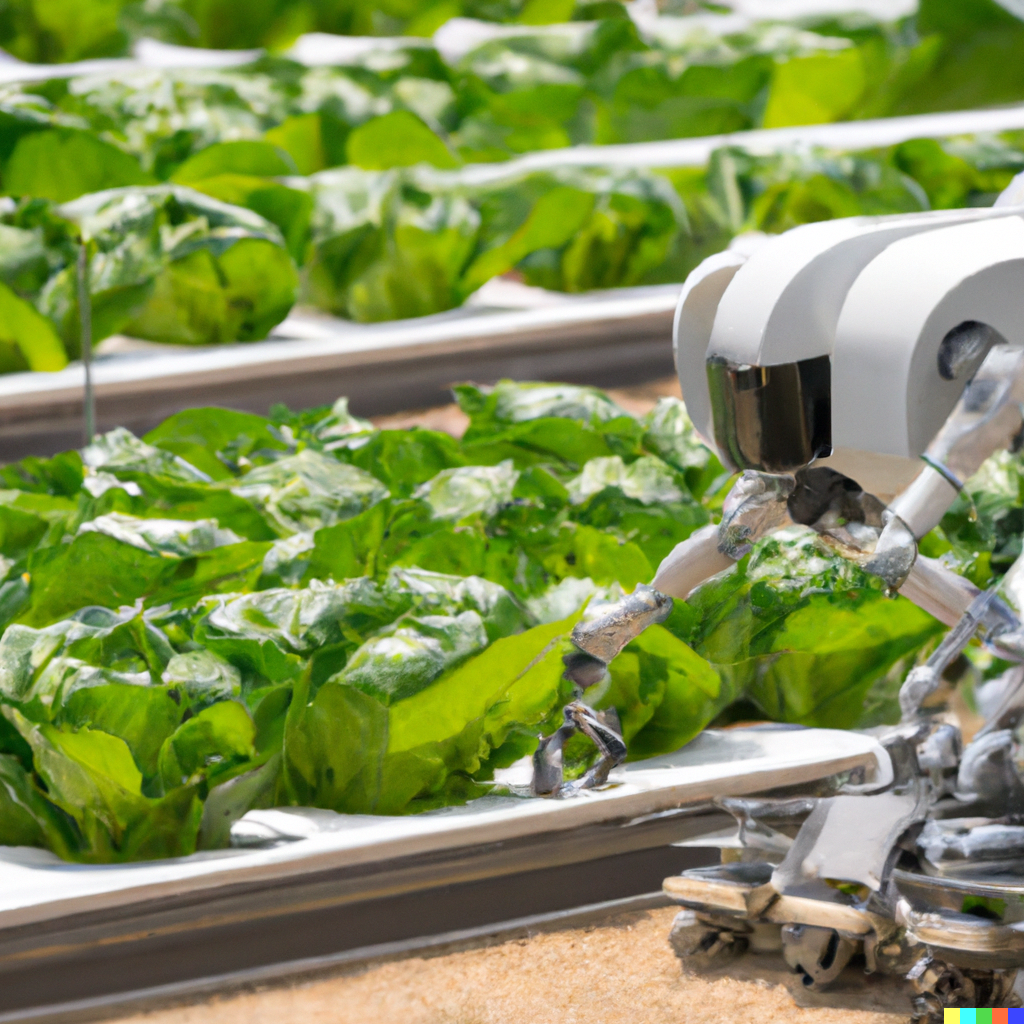World hunger continues to be a pressing global issue, affecting millions of people around the globe. However, advancements in artificial intelligence (AI) and robotics present a glimmer of hope in addressing this critical challenge. By leveraging these cutting-edge technologies, in collaboration with governments, we have the potential to revolutionize agriculture, improve food production and distribution, and ultimately eradicate world hunger. In this article, we will explore how AI and robotics can play a transformative role in solving world hunger, with the active support and involvement of governments.
- Enhancing Agricultural Productivity through AI:
- Discuss the application of AI in agriculture, including precision farming, crop monitoring, and yield optimization.
- Highlight the use of AI-powered algorithms and sensors to analyze soil conditions, weather patterns, and plant health, leading to informed decision-making and increased crop productivity.
- Showcase real-world examples of AI-driven agricultural innovations and their positive impact on food production.
- Smart Farming and Automation:
- Explain how robotics and automation can contribute to smart farming practices, such as autonomous drones for crop surveillance, robotic harvesters, and precision irrigation systems.
- Explore the benefits of robotic automation in reducing labor-intensive tasks, improving efficiency, and optimizing resource utilization.
- Discuss the role of governments in fostering research, development, and adoption of robotics in agriculture through supportive policies and incentives.
- Data-Driven Food Distribution and Supply Chain Optimization:
- Outline how AI and data analytics can optimize food distribution systems, minimizing waste, and ensure timely delivery to areas in need.
- Discuss the use of AI-powered algorithms to predict demand, manage inventory, and streamline supply chain logistics.
- Emphasize the importance of collaboration between governments, food organizations, and technology providers in implementing data-driven solutions.
- Sustainable and Resilient Agriculture:
- Address the significance of sustainable farming practices in tackling world hunger, including organic farming, vertical farming, and hydroponics.
- Explore how AI and robotics can contribute to sustainable agriculture by monitoring resource usage, reducing environmental impact, and promoting biodiversity.
- Highlight the role of governments in supporting sustainable agriculture initiatives through funding, regulations, and education.
- Ensuring Accessibility and Equity:
- Discuss the importance of ensuring equitable access to AI and robotics technologies in addressing world hunger, particularly for developing regions and marginalized communities.
- Explore strategies such as capacity building, technology transfer, and public-private partnerships to bridge the digital divide and promote inclusive technological adoption.
- Highlight successful government-led initiatives and partnerships that have promoted access to AI and robotics for small-scale farmers and underprivileged communities.
The convergence of AI, robotics, and governmental support presents a significant opportunity to combat world hunger. By harnessing the power of these technologies, we can revolutionize agriculture, enhance productivity, optimize food distribution, and promote sustainability. However, achieving this vision requires strong collaboration between governments, research institutions, private sector entities, and local communities. With a shared commitment and collective effort, we can pave the way for a future where technology becomes a powerful tool in eradicating world hunger, ensuring food security, and fostering a more equitable and sustainable world.


